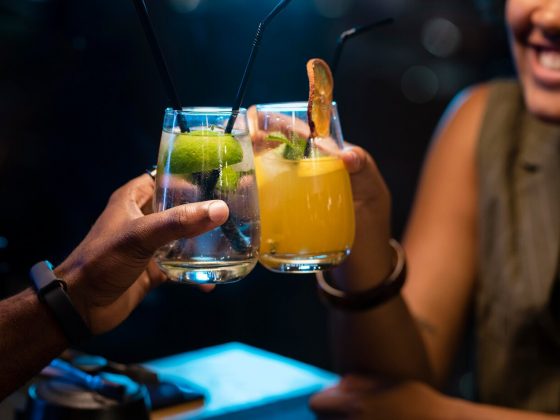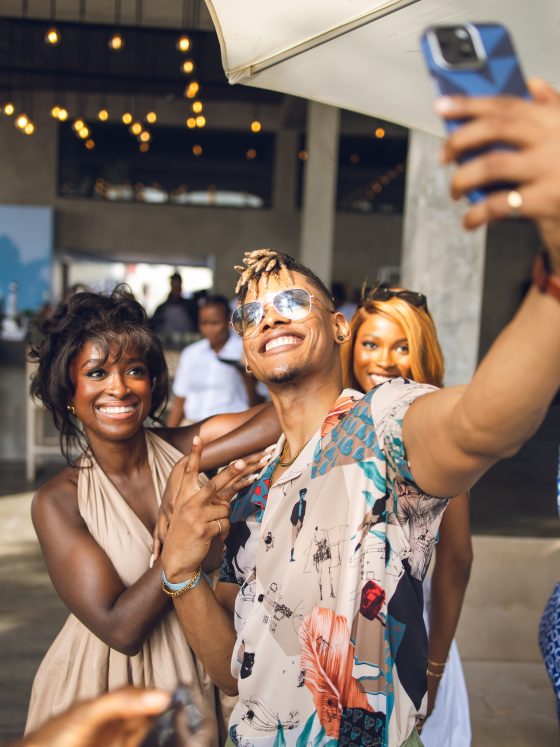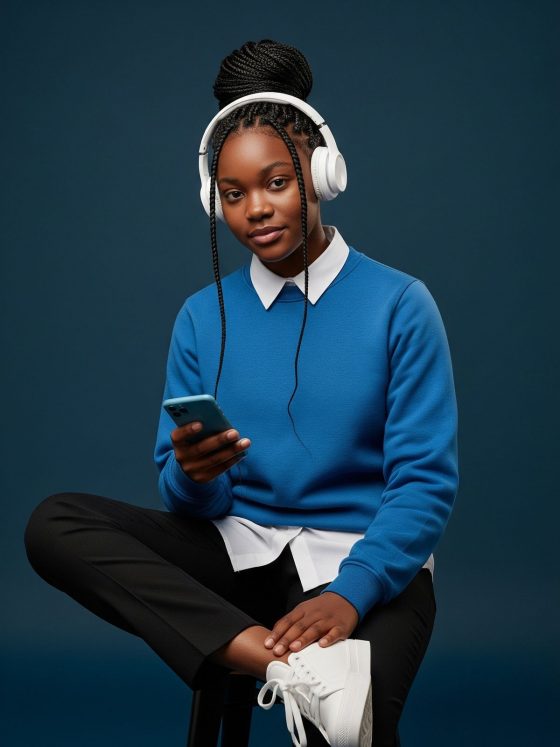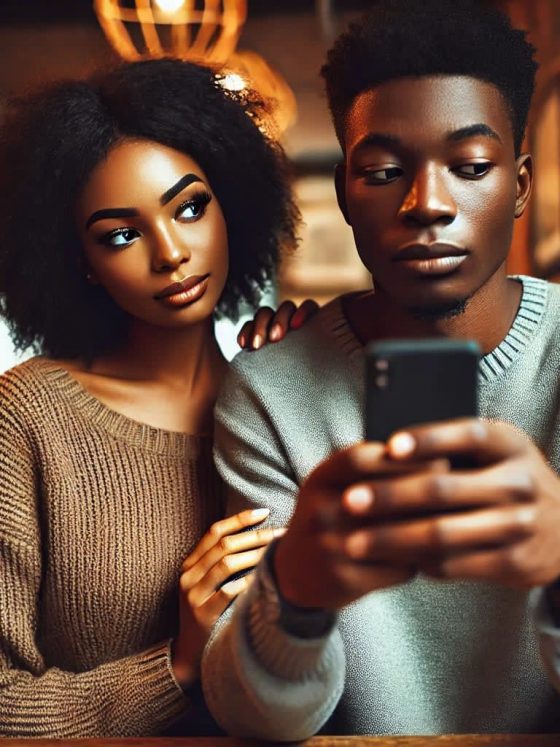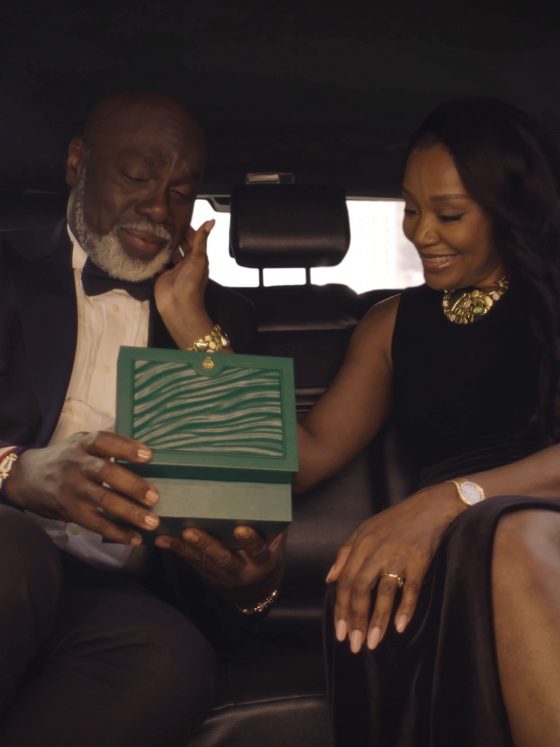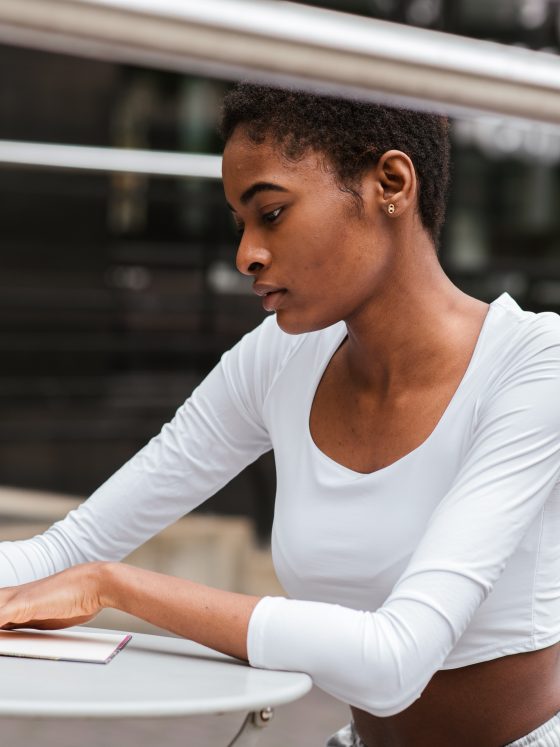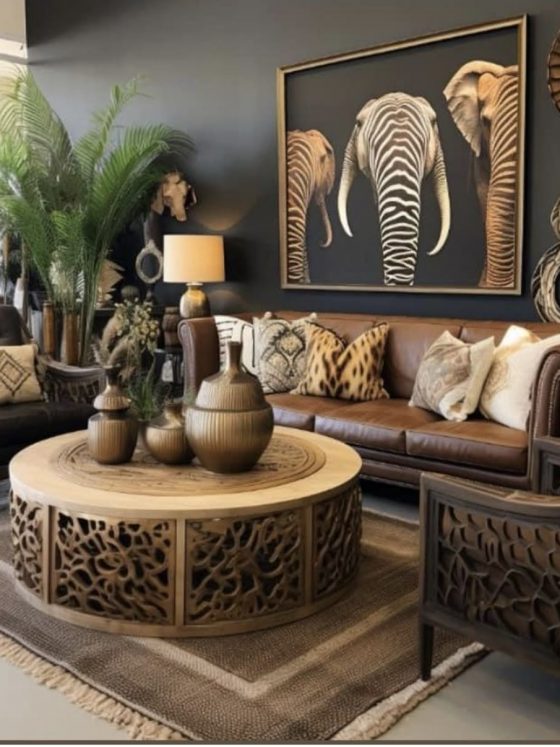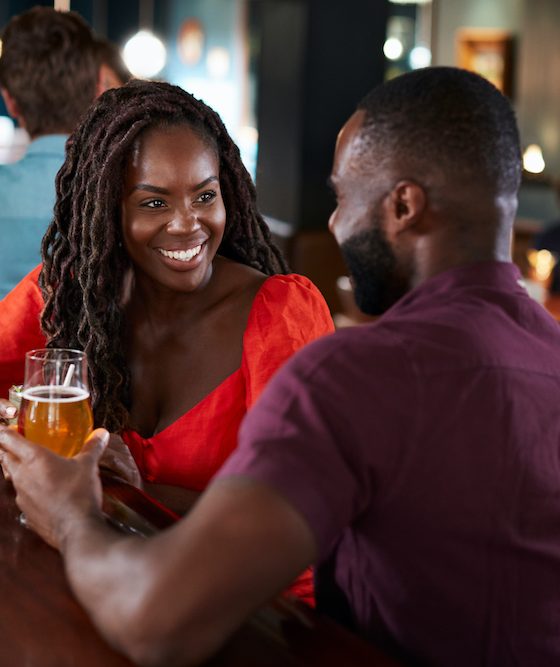By Ayo Lawal
Streetwear has stormed the fashion world, evolving from a subculture to a global phenomenon, and at the heart of this revolution lies the lens of photography. Show me a successful streetwear brand and you’d see a plethora of well thought out imagery behind the brand.
The way streetwear is captured—raw, authentic, and unapologetically bold—has shaped how the world perceives it. Every scroll through Instagram and every swipe on TikTok introduces us to not just the clothes but the attitude and lifestyle that come with them.
To uncover just how deeply photography has impacted the streetwear scene, we reached out to some of the country’s top photographers who have witnessed this movement unfold from behind the lens. Their insights reveal just how inseparable streetwear and photography have become and why the camera might just be the secret weapon behind the rise of so many streetwear brands. All of them, answering the question: “What role do you believe photography has played in the rise of streetwear and streetwear brands?”
Stephen Tayo
“There are so many key roles photography has played and is playing in the rise–and continuous rise–of streetwear. Without photography, there’s no streetwear! The active documentation of street culture has enabled the rise of streetwear.”
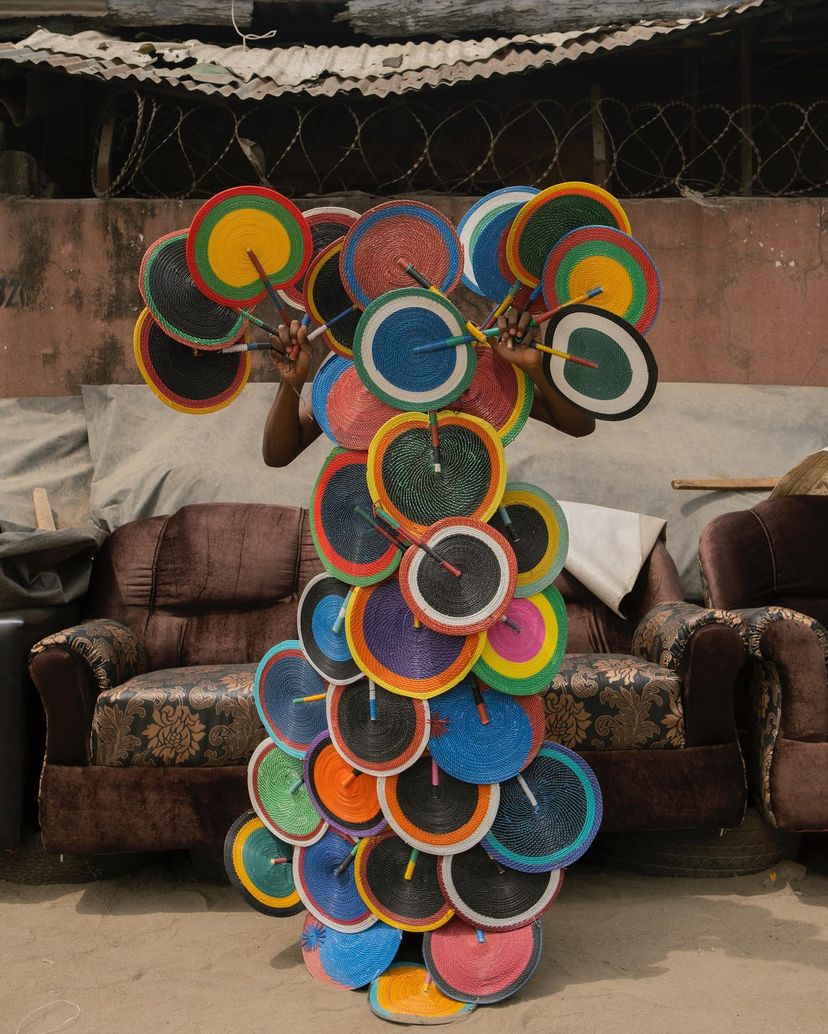

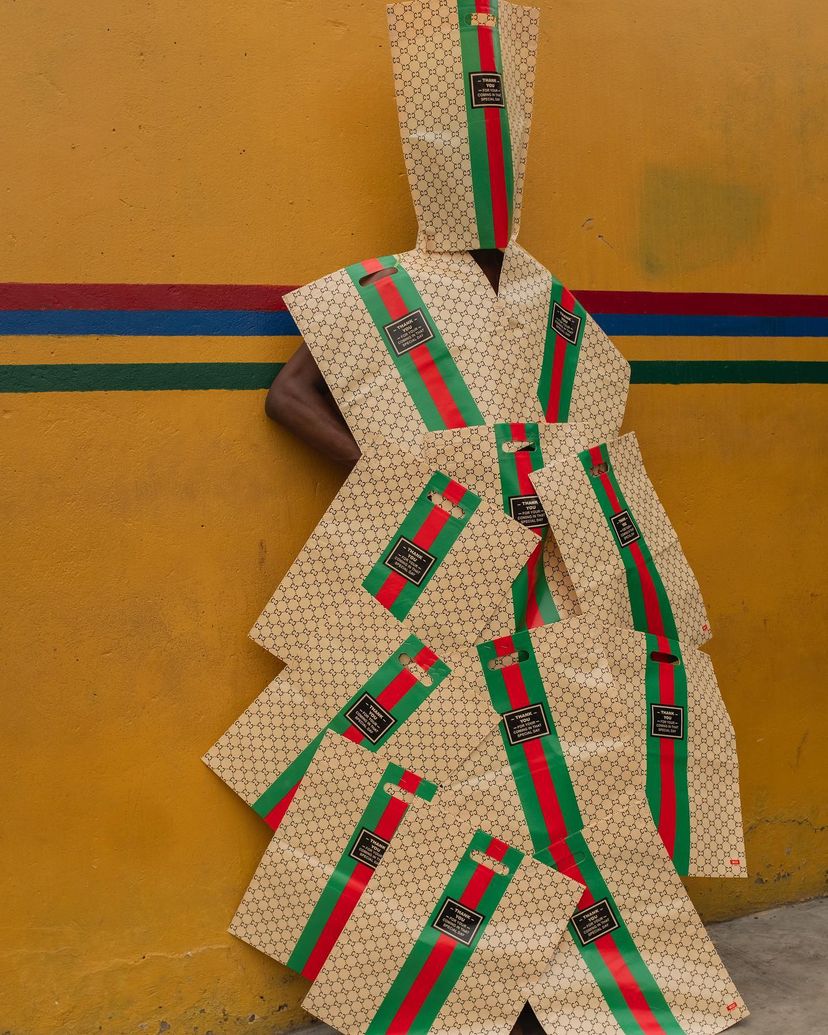
Oluwaseun Akinbi (USAD)
“Photography has played a significant role in merging fashion and culture by crafting artistic interpretations that vividly illustrate the deep and enduring impact of cultural influences on Nigerian fashion. These creative works reveal how traditional cultural elements are seamlessly woven into contemporary fashion, showcasing rich history and cultural significance. Photography has also helped increase streetwear brands’ visibility on social media and the internet. Literally putting it in the face of the consumers.”



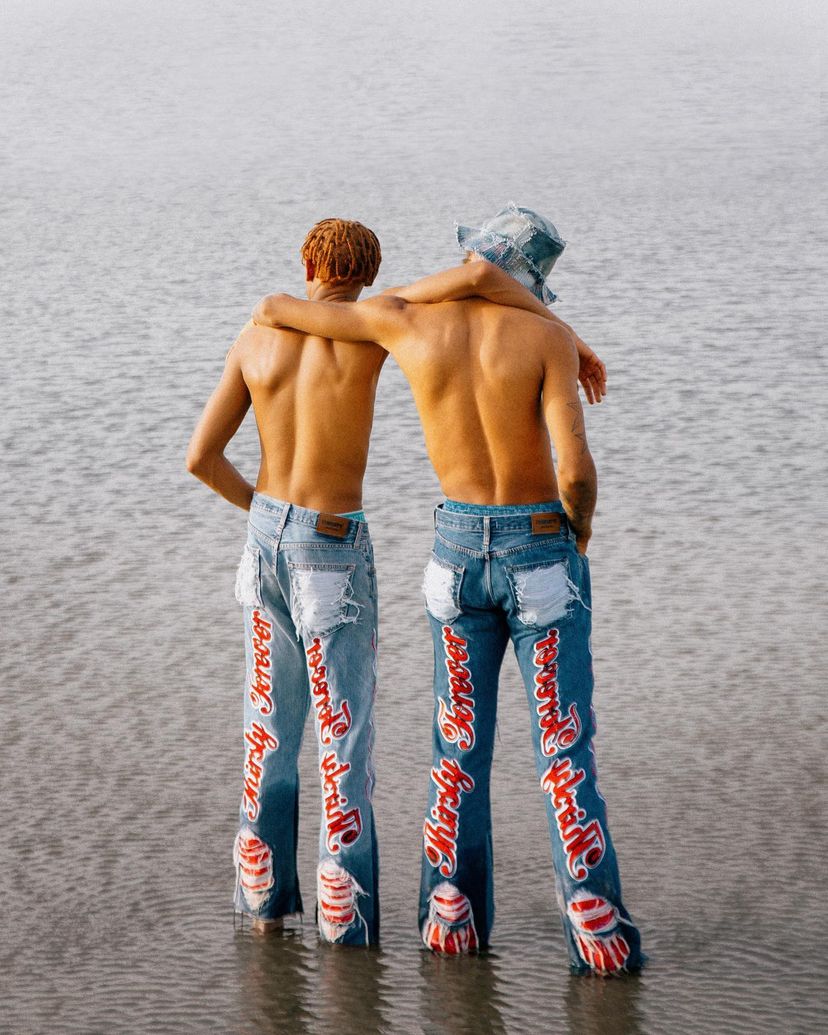
Victor Edeh
“Photography and streetwear have long shared a mutually beneficial relationship. From serving as the visual medium that captures the essence of streetwear to transforming ordinary clothing into a cultural statement. I remember, as a kid, seeing photos of LL CoolJ rocking Gucci hats and jackets; maybe I didn’t know much about the fashion then, but I remember vividly what he wore, and I understand better now, all thanks to photography.”



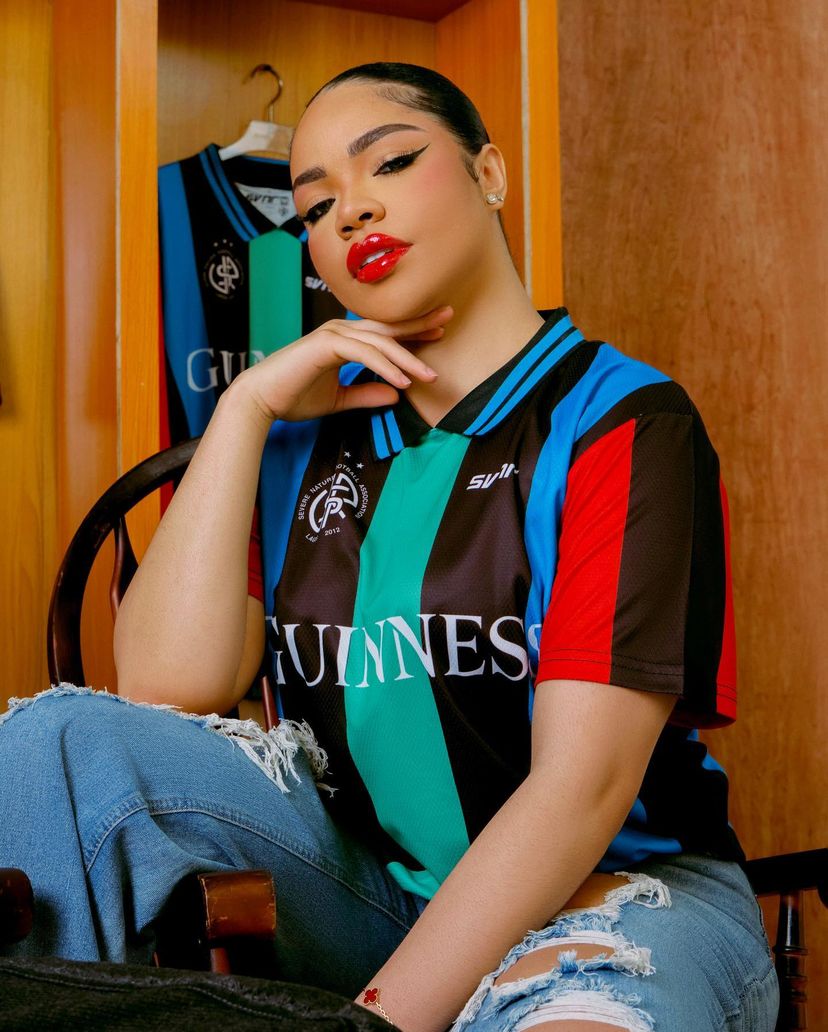
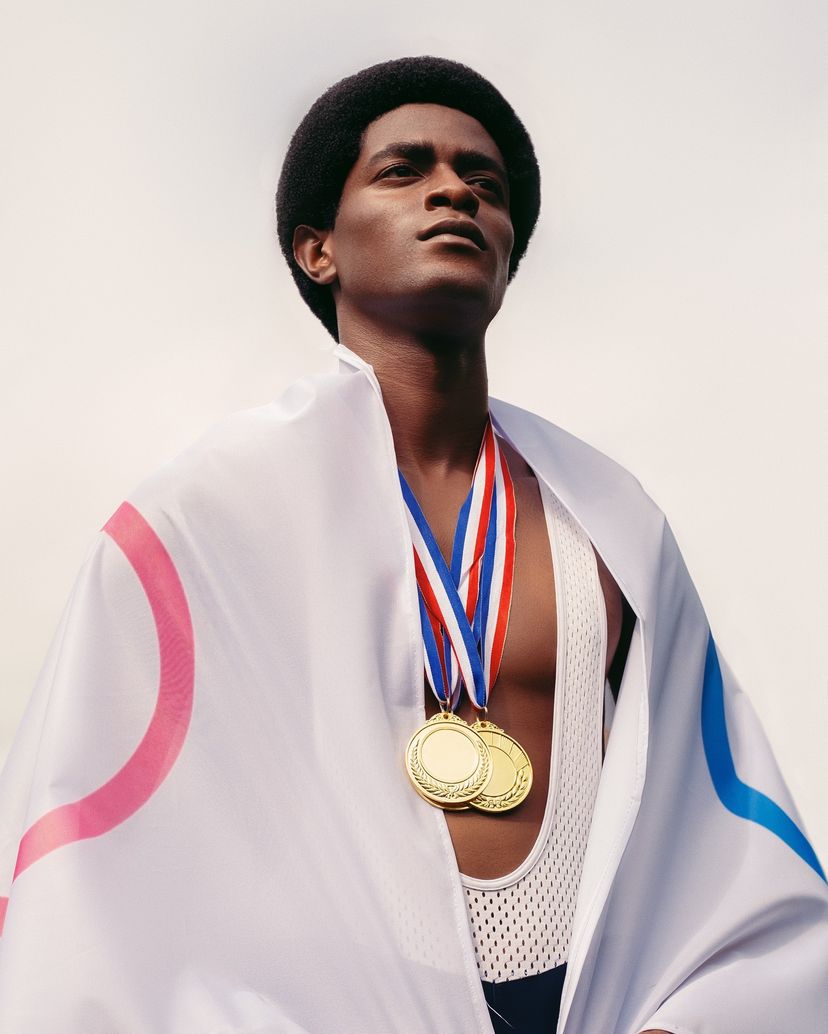
Daniel Uwaga
“As a photographer, I’m thrilled to be part of the movement documenting Nigeria’s vibrant streetwear scene. Photography isn’t just capturing looks; it’s fueling the movement. Powerful images tell the story of these streetwear brands, from the energy on the streets to the cultural references woven into the designs. They reach new audiences, spark trends, and build a sense of community around these unique styles. I’m proud to contribute with my lens and help elevate Nigerian streetwear to the global stage.”
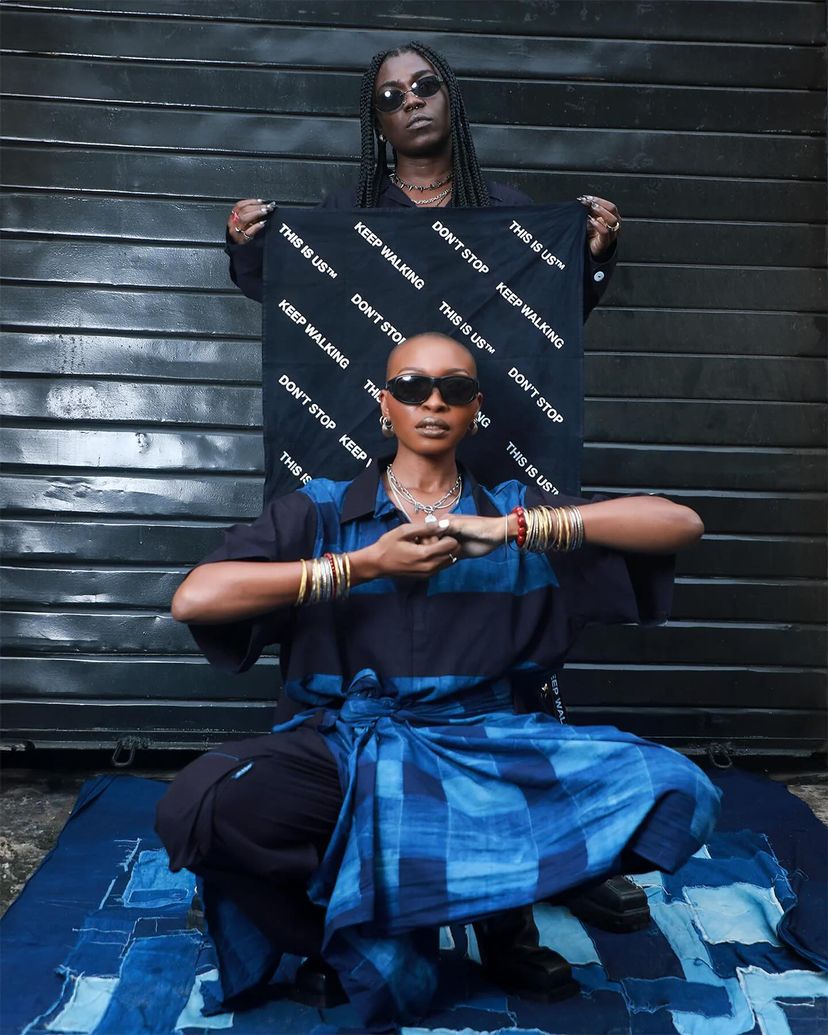
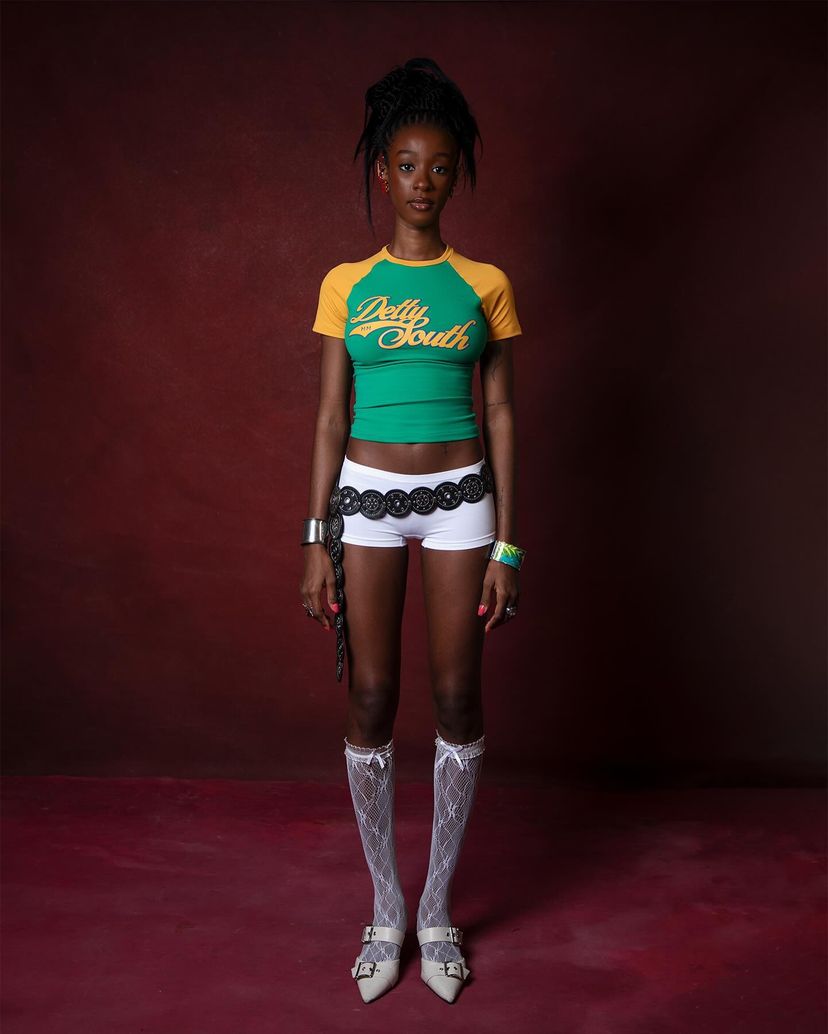


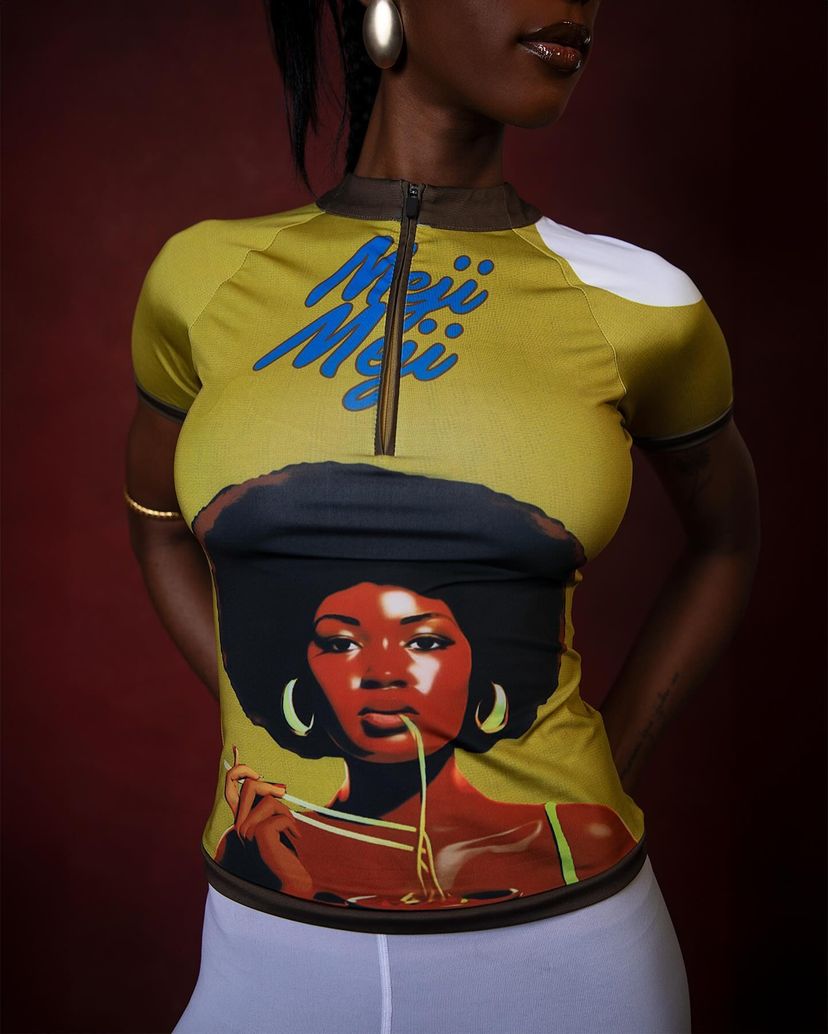
Laura Osare
“I read a lot of photography books, and being an active photographer for about 5-4 years now, I’ve noticed that more people have been exposed to streetwear over the decades because of photography and its ability to document the evolving fashion trends within the streetwear scene. Photography has been a powerful tool in shaping the visual language of streetwear, telling the stories centred around this movement, and making it an integral part of how these brands communicate with and expand their audiences that cut across the old and young.”



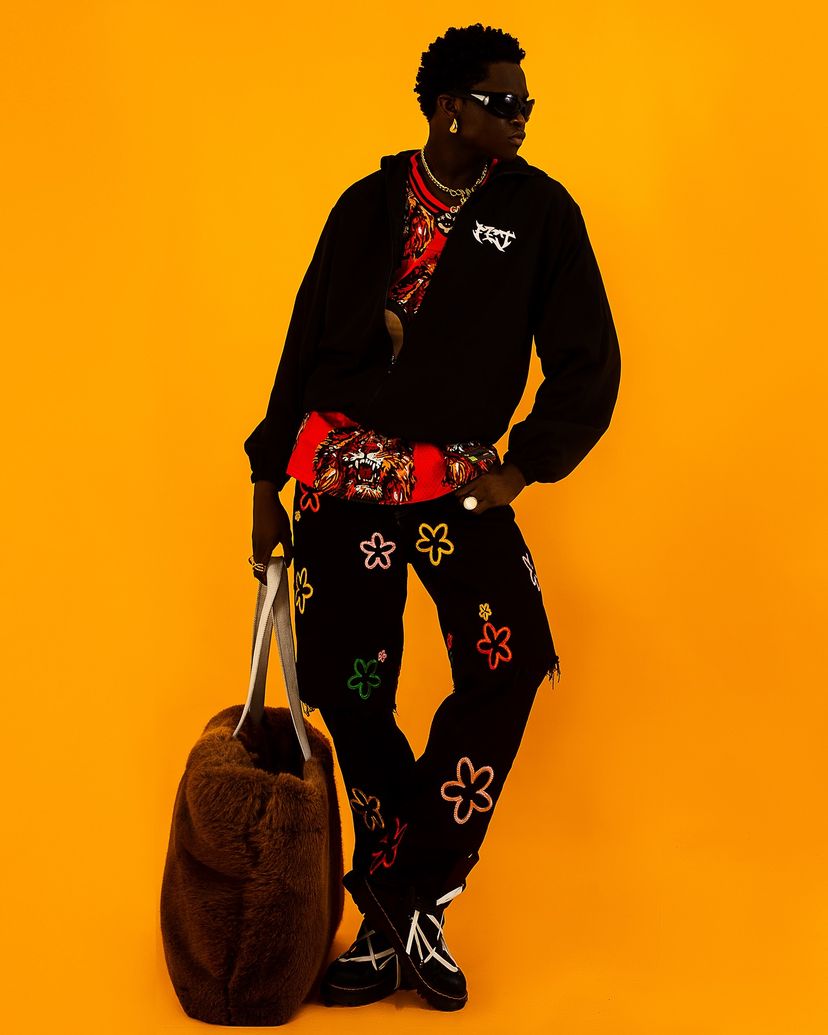
Daniel Obaweya
“Streetwear, at its core, is literally what people are wearing on the streets. Photography took that everyday style and transformed it into something more—turning it into a visual narrative that documents the cultures and subcultures defining it. As humans, we naturally resonate with what we see; visual storytelling sticks with us. That’s why so much of streetwear marketing has been driven by powerful imagery. These visuals not only capture the essence of streetwear but keep it at the top of everyone’s mind.”
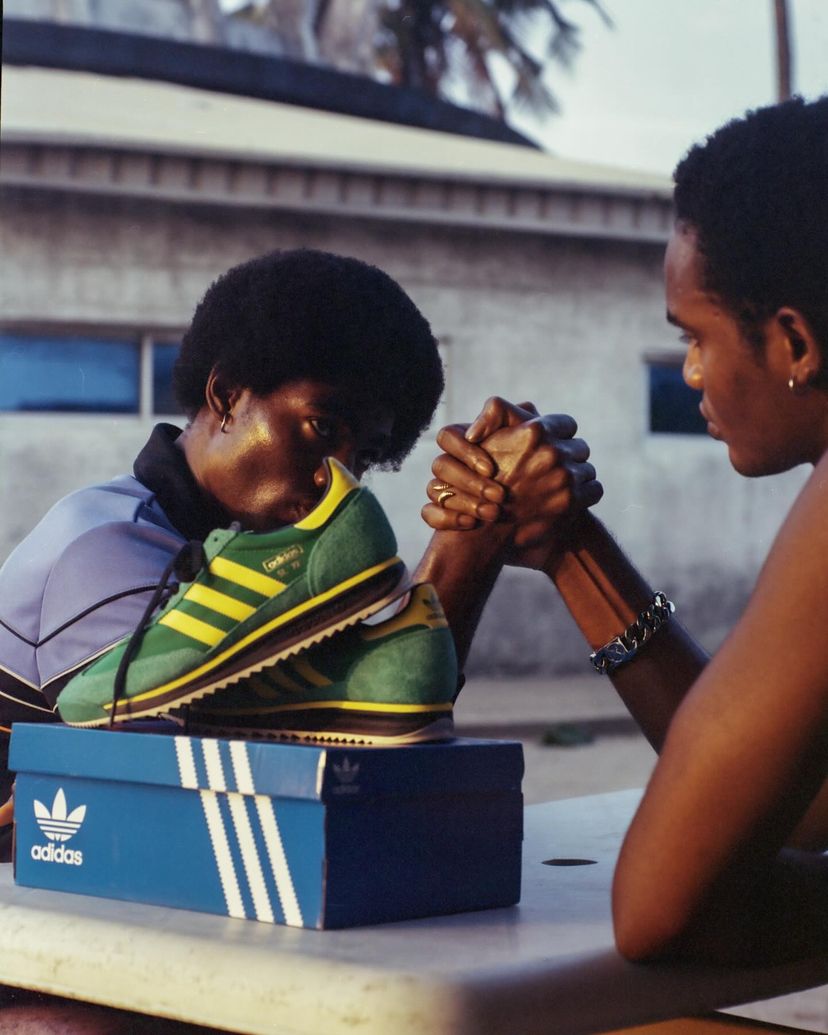


Bolarinwa Olasunkanmi (Horlar of Lagos)
“Photography holds about 75% of the essence of streetwear. It’s through photography that your style is vividly projected and meticulously observed. Just consider the global fashion stages like Paris Fashion Week, Milan Fashion Week, and London Fashion Week—photography captures every intricate detail, offering a visual narrative of the entire production. “
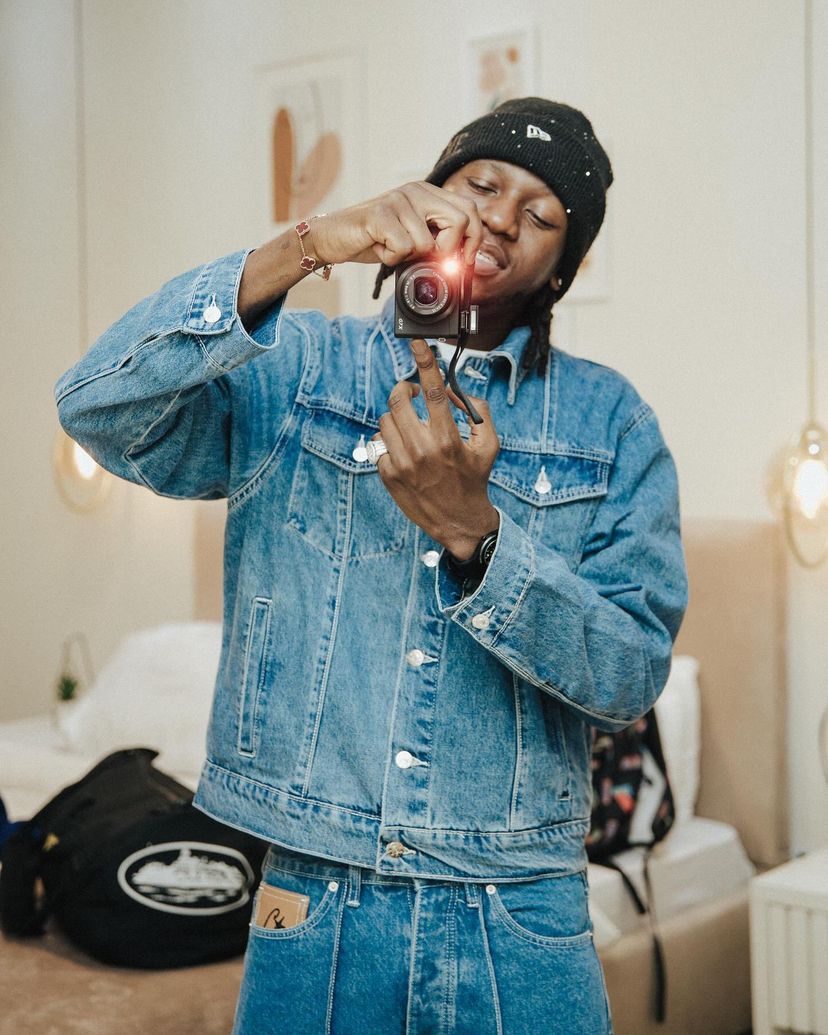
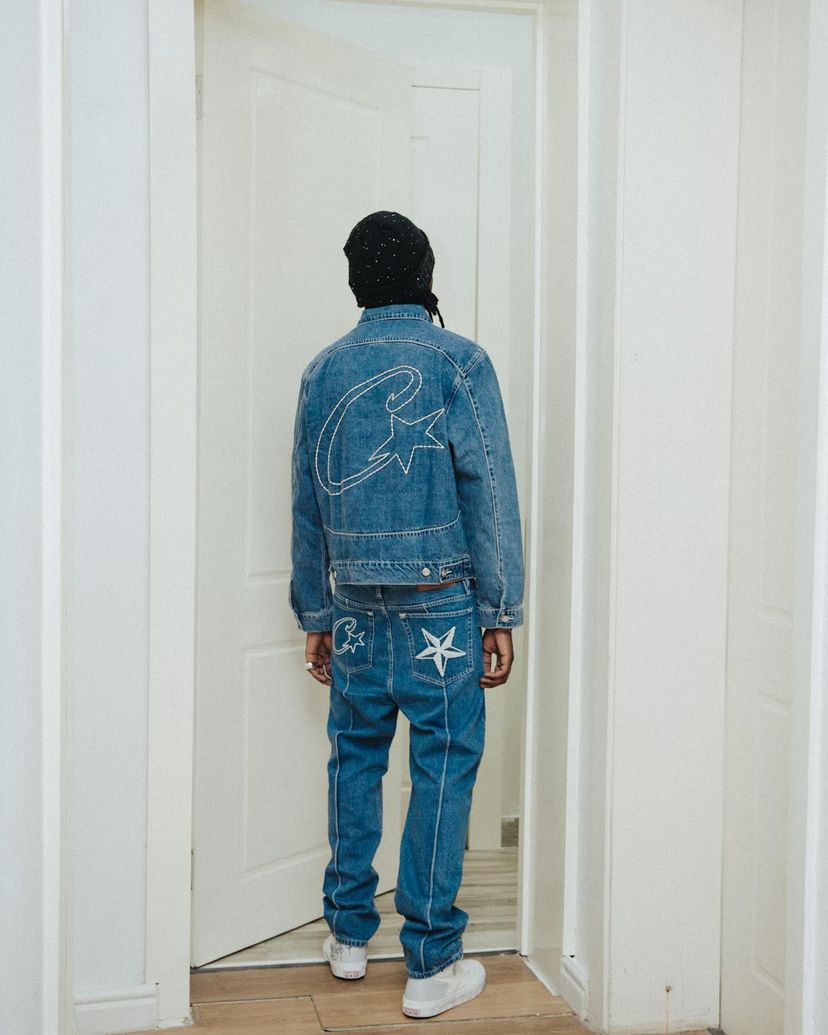
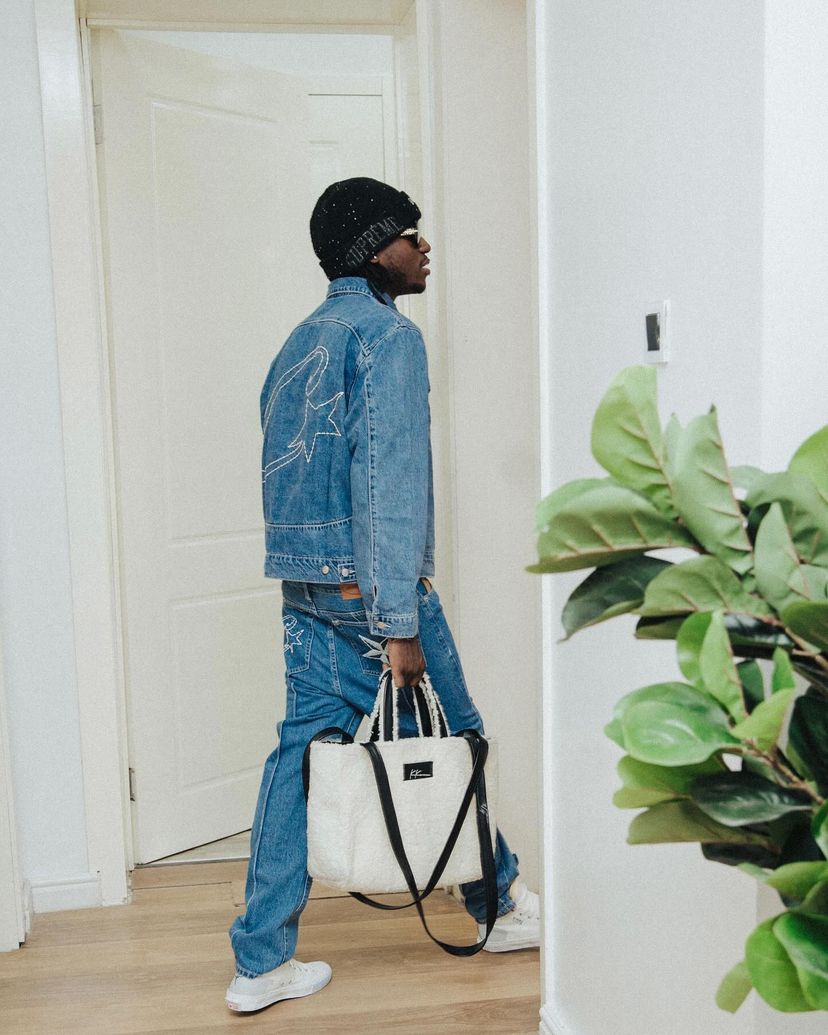
Daniella Almona
“Although I don’t do streetwear photography or particularly fit the streetwear aesthetic, the relationship between photography and streetwear fashion is undeniable. There is a rich history
and culture behind streetwear, especially in Black and Brown communities, and photography has been a constant vehicle or medium for telling these stories. The punchy and grunge-style photos, plus brands establish their aesthetic using visuals. They create this ‘vibe’ and atmosphere that you want to be a part of because it looks so effing cool. I think the creative expression in photography also mirrors that in streetwear. “
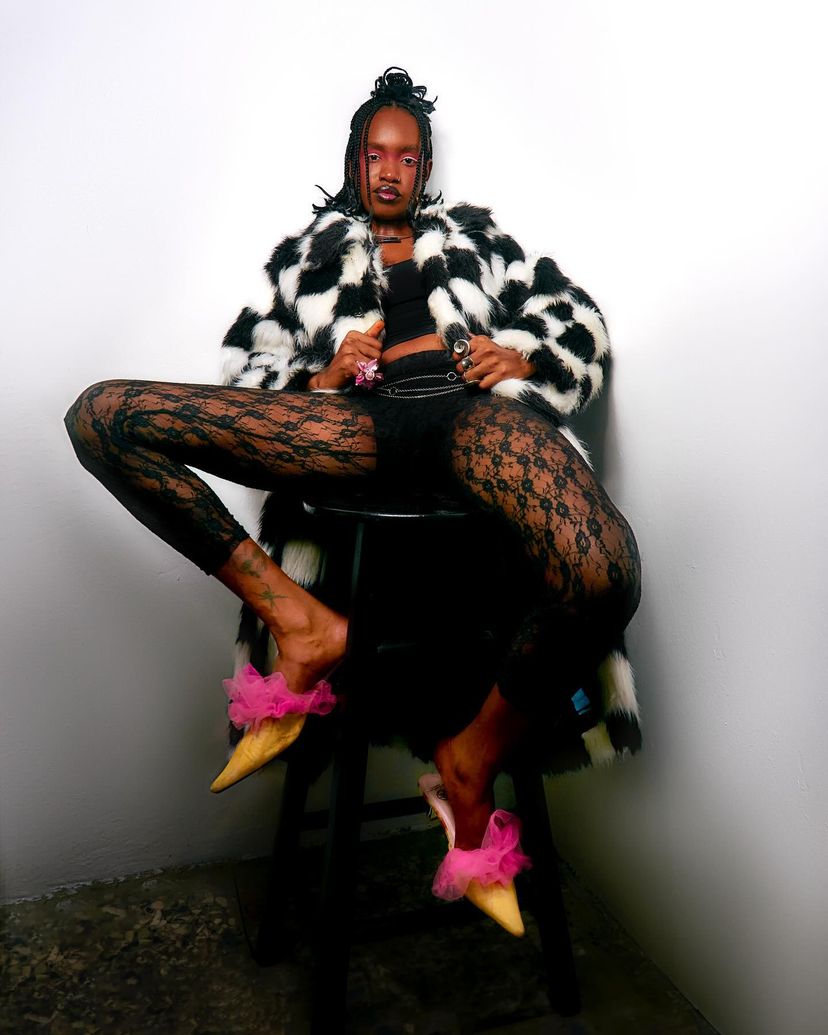

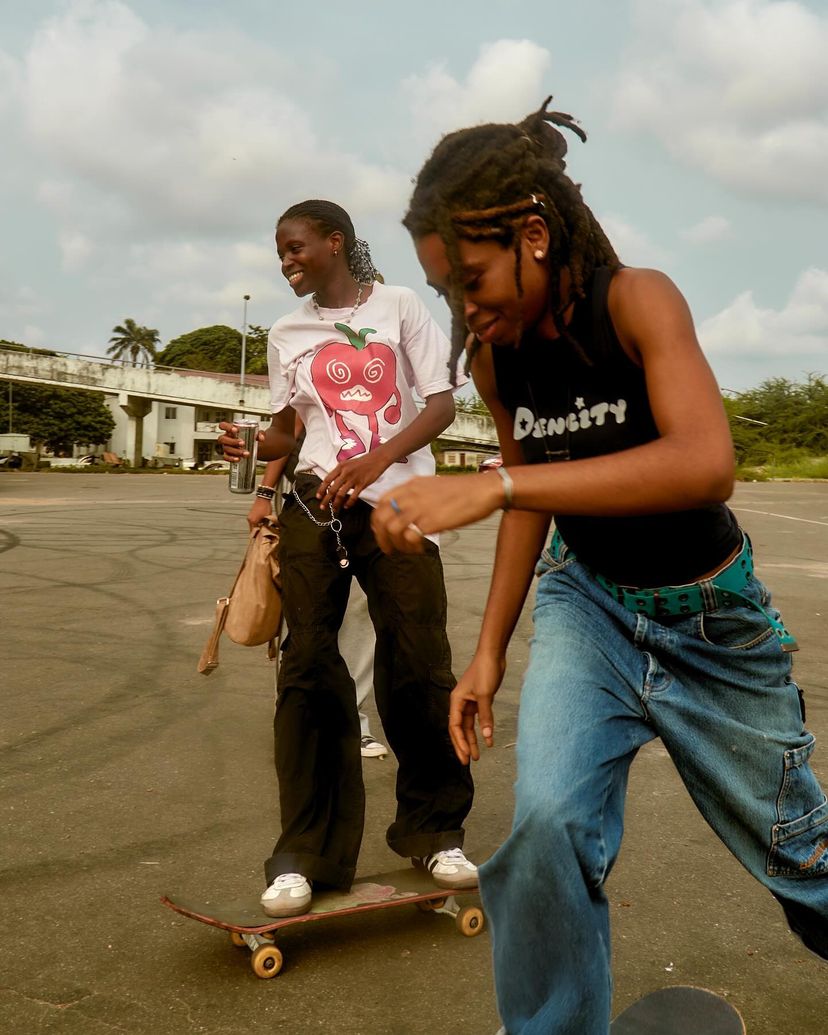
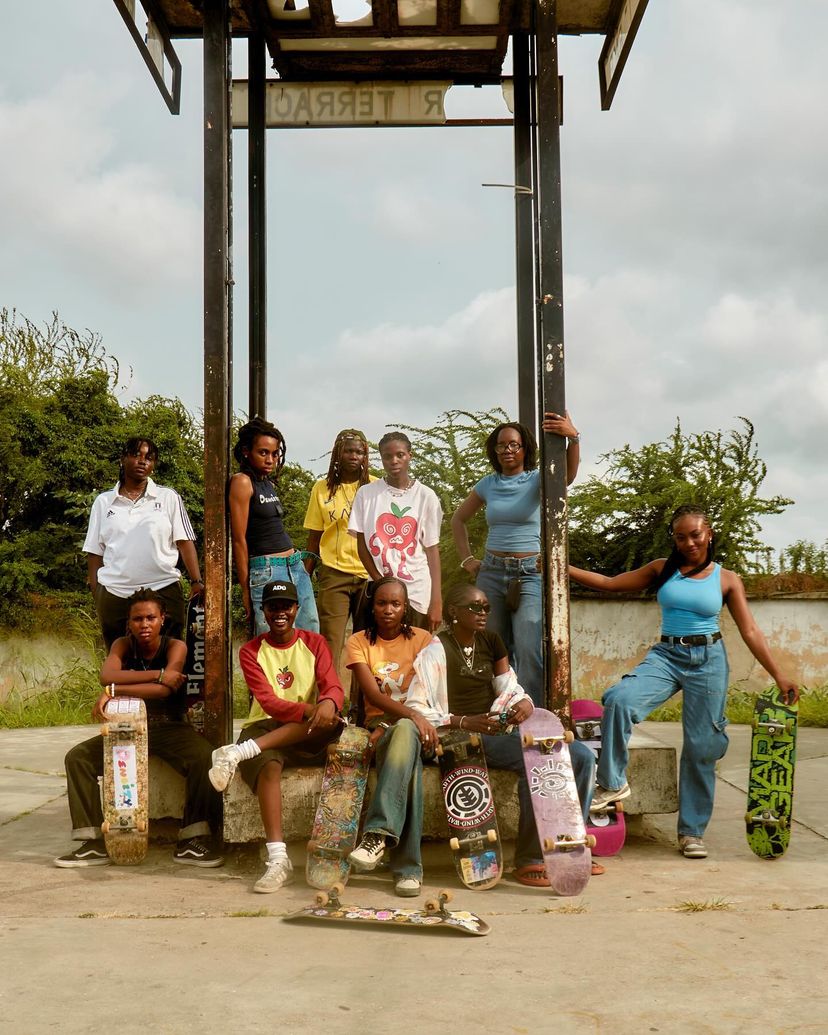
Just in case you might be thinking the photographers are being biased, I also spoke to a fashion insider. Ayorinde Olabamiji, a well-acclaimed model who has worked with several top streetwear brands, shared his thoughts on the subject. Here’s what he had to say:
“I believe photography is a catalyst for the growth of streetwear, documenting its unique styles and trends. It helps brands grow faster by creating compelling visuals that resonate with audiences and expand their reach. Because of photography, streetwear culture is captured and amplified, driving its evolution and influence.”
In the end, streetwear and photography are inseparably linked, each feeding off the other to create a cultural movement that’s as visual as it is wearable. Whether through the lens of a photographer or the eyes of a model, streetwear continues to evolve and expand its reach, driven by the power of imagery. The streets may be the origin, but it’s the photos that bring those streets to life, immortalising style and turning it into a global phenomenon. As long as there are cameras to capture it, streetwear will remain more than just fashion—it will be a visual expression of culture itself.


